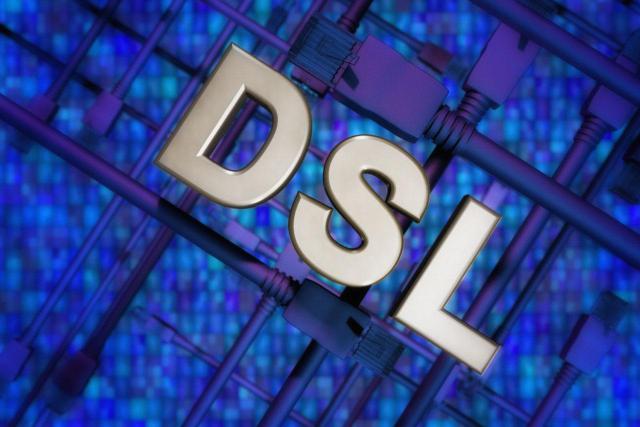DSL is a widely popular data transfer technology and it is available for both personal and commercial uses. In this case, digital data transfer takes place on the telephone network. Very early DSL technology could provide only 128kbps, while the fastest variant could deliver more than 24Mbps. DSL was originally designed as a component of ISDN or Integrated Services Digital Network. ASDL is a type of DSL and it allows fast data transmission over copper wire. ASDL could utilize frequencies not utilized by normal voice communications. However, ASDL has a drawback and it couldn’t travel for long distance and users typically need to be within 5km from the DSL provider. ASDL allows users to get separate Internet, fax and voice call services simultaneously without interruption. A comparison, dial up Internet is carried through normal voice call signal and calls can’t get through when we use the Internet connection. Another benefit of ASDL is that the download speed is much greater than the upload speeds and this would benefit users immensely.
ASDL is often provided for both residential and small business users, typically due to its affordable pricing. Higher download speeds allow us to get files and open webpages much faster. However, ASDL may not be recommended if we need to upload a large quantity of files for backup process or distribution purposes. In this case, we may need to consider purchasing a SDSL or Symmbetric Digital Subscriber Line, which provides equal data speed for both ends. Unfortunately, it is usually more expensive than ASDL and users need to be even closer to the DSL service providers. There are other variants of DSL. RADSL or Rate Adaptive Digital Subscriber Line is adjustable, so it is possible to choose specific upload and download speeds. VDSL is a much faster version of DSL and could be used for users with higher requirements. VDSL2 is an even faster variant of VDSL and it can be used by large organizations and corporate users. There are also DSL connections that are transmitted through power-line, although its implementation can be rather challlengin.
In many cases, DSL has effectively replaced T1 and prices of both connections at the same data transfer rate could be equal. However, pricing can be somewhat higher in locations near the center of city. In rural areas, there are much limited solutions for DSL and they can be practically non-existent. In this case, users may need to rely on wireless data network distributed by mobile service providers. Compared to T1, DSL could be slightly less reliable, but it is acceptable for residential users, typically due to its very low costs. When using DSL services, we could find out that it is slower at some times and faster at other times. In this case, performance could be affected by level of usages and in areas with many users, it is quite common to get much lower data connection. Oversubscription could happen when there are too many people who pull data from the same place.

